Different Types of Plumbing Pipes and Their Uses in Pakistan
It is important to select the right types of plumbing pipes for the long-term durability of homes in Pakistan. This guide summarizes the commonly known materials, PVC, CPVC, PPRC, PEX, Copper, and HDPE, to understand their best applications while taking into consideration their availability in Pakistan, affordability, as well as their use for water supply and drainage applications.
The Importance of Knowing the Types of Pipe in Pakistan
The quality of your pipes matters, when constructing or renovating a house in Pakistan, as much as the quality of the foundation. Selecting the wrong materials to use can mean frequent leaks and rust issues. You will also pay for repairs and leaks due to the specific items that may not hold up well in your plumbing system. When you understand the different types of pipe, you set yourself up for a potential future of reliable and clean water for years.
Transitioning to Modern Solutions with Plastic Water Pipe Systems
Until relatively recently, metal pipes were the norm, but in recent years, the construction industry, particularly in Lahore and Karachi, has shifted dramatically to plastics for the water pipe material. Modern plastic water pipe materials have more corrosion resistance, are lighter, and are usually easier to install. This change provides better long-term value to the Pakistani consumer.
Common Plumbing Pipe Types in Use Today
There is a range of material options available in today’s market, each with advantages and applications that are ideal. Understanding the differences now allows you to make an educated choice from different types of plumbing.
PVC Pipes: The Hardworking Champ
Polyvinyl Chloride, or PVC pipe, may be recognized as the highest-use pipe in the country. It is very versatile, very durable, and comparatively low-cost, all of which make it a popular choice for many projects.
- Ideal Application: Generally used for drainage, waste, and vent (DWV) configurations. In some non-pressure systems, they are also used for supplying cold water.
- Significant Benefit: PVC pipes cannot rust, and the piping’s smooth interiors deliver immaculate flow.
- Sizes: PVC comes in a wide variety of sizes – including popular measurements such as inches and millimeters – for all types of uses.
CPVC pipes: Withstanding the Heat
Chlorinated Polyvinyl Chloride (CPVC) is chemically most similar to PVC but is designed for various hot water applications and can handle much higher temperatures.
- Best Use: Suitable for the supply of hot and cold water, CPVC pipe is widely used in internal plumbing where high-temperature water is present.
- Regional Relevance: CPVC pipes are employed throughout Pakistan, so plumbers know how to fit and install CPVC pipe fittings.
- Security Note: Be sure to always use the correct solvent cement for a leak-proof connection, even with CPVC fittings.
Specialized Pipe Materials for Advanced Applications
In addition to common PVC and CPVC piping materials, other specialized piping materials can be useful for high-pressure and flexible applications.
PEX Pipe: The Versatile Solution
Cross-linked polyethylene (PEX pipe) is a flexible plastic piping material. It is flexible, allowing for faster installation with fewer joints and fittings potential times of failure and leaks.
- Ideal Application: Great for water distribution lines, especially with complicated layouts in a home when the piping has to go around obstacles.
- PEX Pipe in Pakistan: While it is seeing increasing use, PEX is generally going to be the choice of piping in consideration of the effect that temperature can have, and it’s better at resisting corrosion than some other rigid types of pipe. The ease of installation is also an important benefit.
Copper Pipe: The Old-Fashioned Choice:
Before the proliferation of plastics, copper pipe was the default for dependable, high-caliber plumbing.
- Best Use: This is mainly for water supply and specialized gas lines. It is inherently resistant to bacteria and corrosion.
- Cost vs. Durability: Copper pipe is very durable, and has been so for over 100 years of reliable use. However, it is much more expensive than plastic alternatives (like PVC or CPVC), and today’s residential projects will generally include PVC pipe with size and price advantages over copper pipe.
The Future of Infrastructure: HDPE Pipe
High-Density Polyethylene (HDPE) is a durable and highly flexible material occurring within large-scale water and gas projects.
- The Strength and Versatility of HDPE Pipe: The defining benefit of HDPE pipe is that it can be fused and create seamless, monolithic, leak-free joints. This process is known as fusion welding and eliminates any leaks or water loss. This amazing durability ensures in difficult situations.
- Most Common Application: Urban water distribution, large municipality sustainable irrigation projects, as well as some industrial applications.
- HDPE pipe in Pakistan: Due to the long life expectancy of HDPE pipe, which has high resistance to corrosion, chemical, and abrasive wear, HDPE pipe in Pakistan is in demand. It can deliver clean water and a consistent water supply over long distances.
Selecting the Ultimate Plumbing Option
Assessing the specific criteria will allow you to review the different types of plumbing pipes according to the properties of the material.
- For Hot Water: CPVC or PPRC are typically the preference over normal PVC.
- Regarding Drainage: PVC is the most standard and affordable option available.
- Regarding Reliability and Greater Scale: The HDPE pipe offers the best guarantee and leak-proof reliability, and greater system durability.
You need to consult some local experienced plumbers in Pakistan who may be able to guide you in your area on the selection of the kind of PVC pipe size and materials, according to what sort of soil you have and the water pressure available to you.
Summary
The first step toward a successful and lasting construction and renovation project is to understand the different kinds of plumbing pipes that exist. You can go with the economy and reliability of PVC for waste, the high heat resistance of CPVC, or the almost unbreakable smoothness of HDPE pipe for your main lines. Regardless of what you choose, you should take quality into account above all. With certified products and types of pipe that are appropriate to each application, homeowners in Pakistan can be assured of a reliable and hassle-free water system for many years.
FAQ
How do PPRC and CPVC differ?
PPRC (Polypropylene) pipes are usually connected by heat fusion. CPVC pipes are connected by solvent cement.
Do the copper pipe fittings require special tools to install?
Yes, copper pipe fittings usually require soldering tools or would crank tool for a secure installation.
Are materials for water pipes made of plastic safe for drinking water?
They are. Reputable manufacturers take care to make their plastic pipes (like PVC and CPVC) non-toxic and tested to be safe for drinking water.


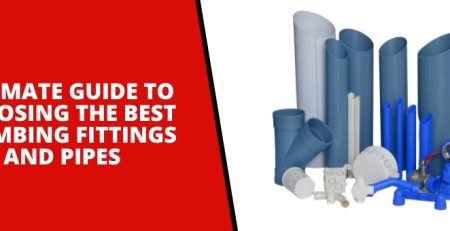
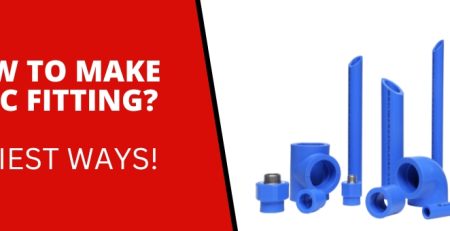
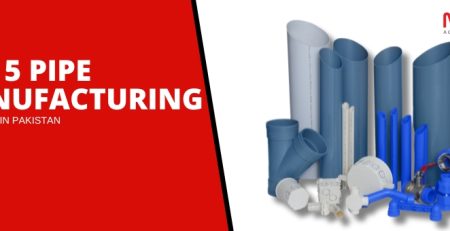
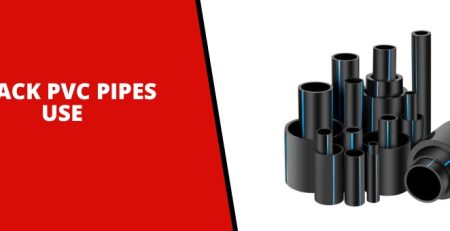
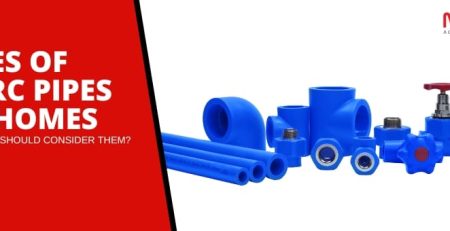
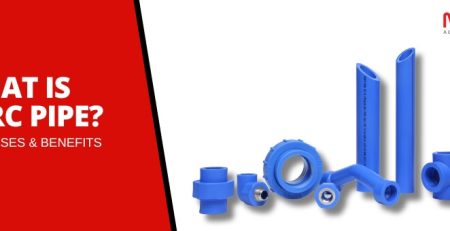
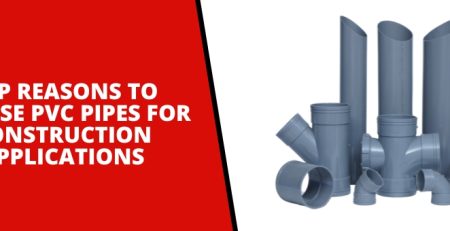
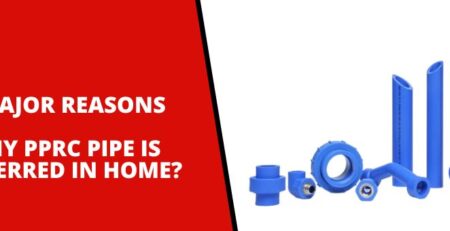
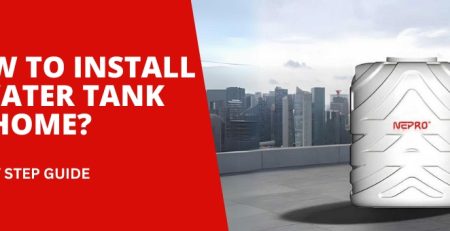
Leave a Reply